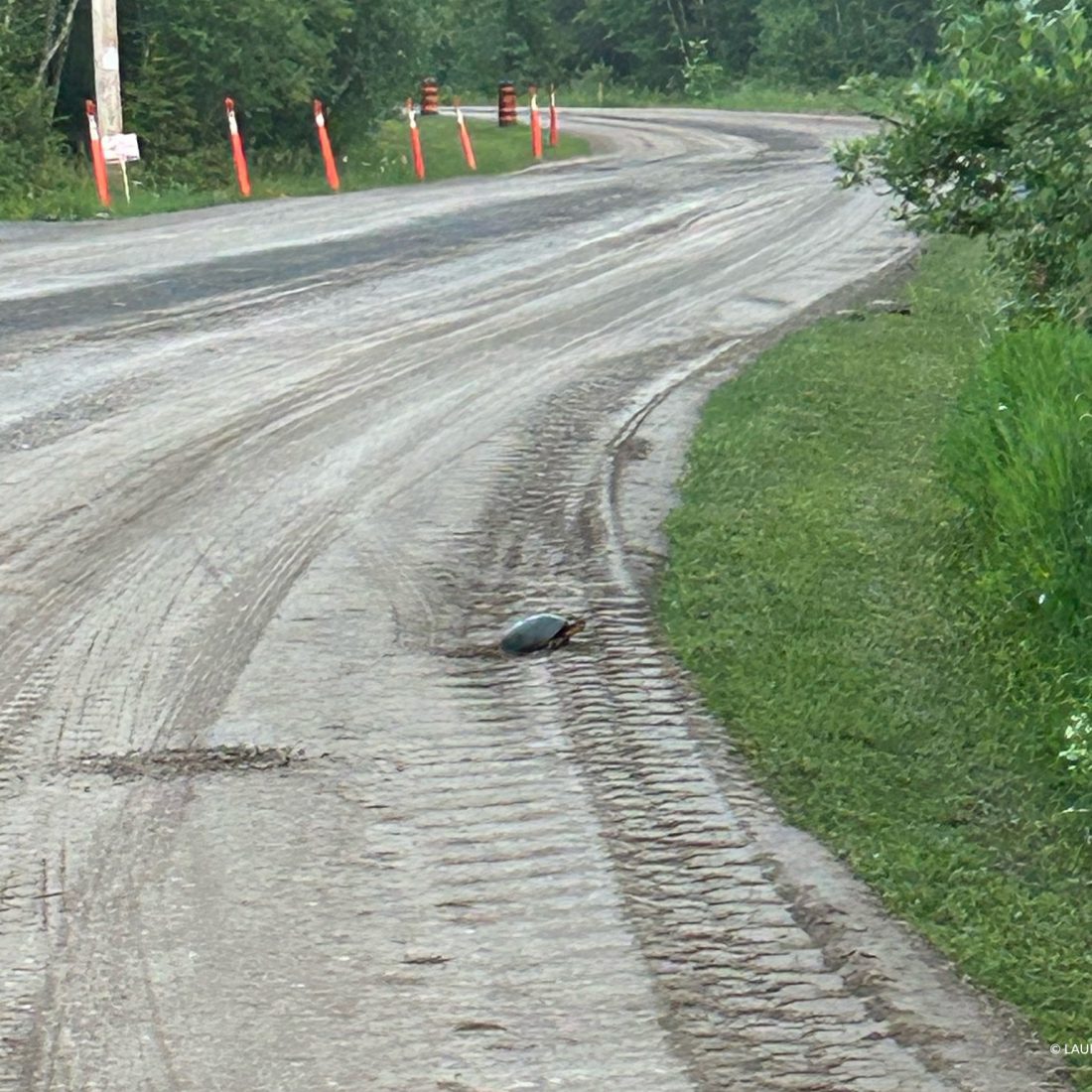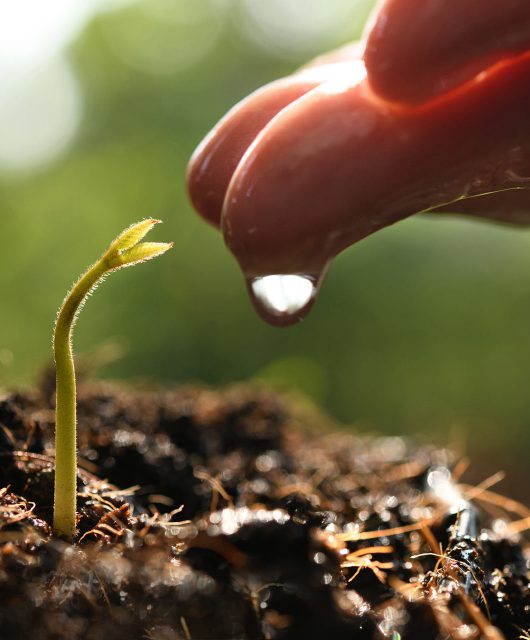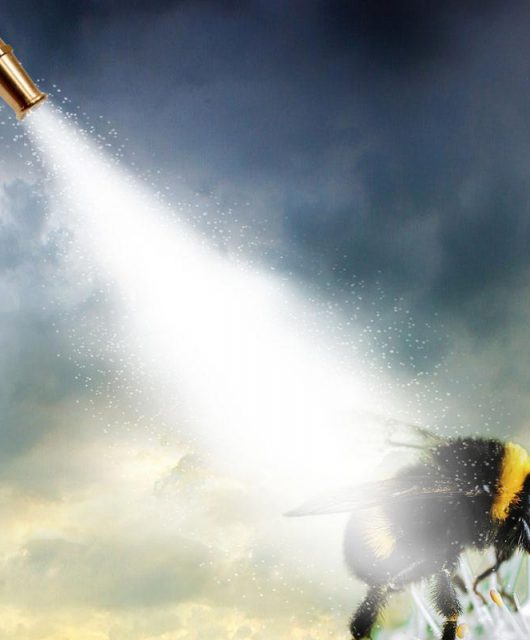Turtles nest in a wide variety of locations.
Although the locations vary a lot, they all have a few things in common.
- Turtles nest in open areas that get lots of sunshine and not a lot of plants growing in the nesting area.
- When turtles nest in natural areas, they nest on shorelines, beaches and sandy meadows.
- When turtles nest in human-modified areas, they nest on road shoulders, gardens, driveways, manure piles and construction sites.
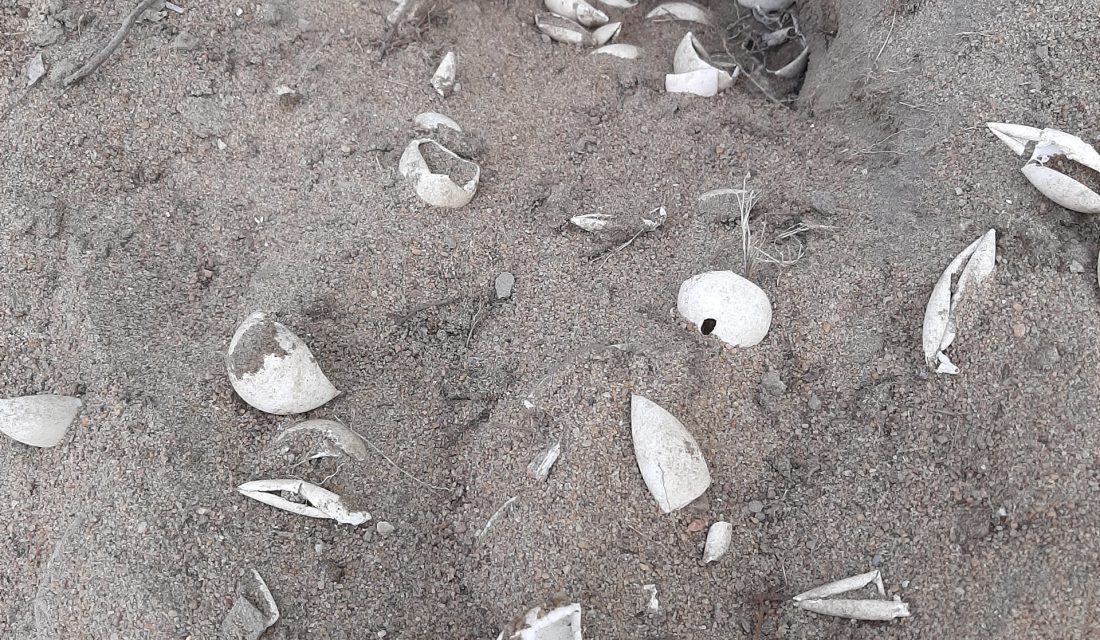
Many of those nests in artificial habitats may survive, but many will not. Many roadside nests will become a likely meal for a hungry raccoon. In many areas, raccoon and other nest predators can destroy 60 per cent or more of all turtle nests. Some nest sites, such as manure piles, can become too hot and the eggs will “cook” and not be able to develop. Other nest sites, such as active construction sites, can be destroyed from excavation or the pouring of concrete.
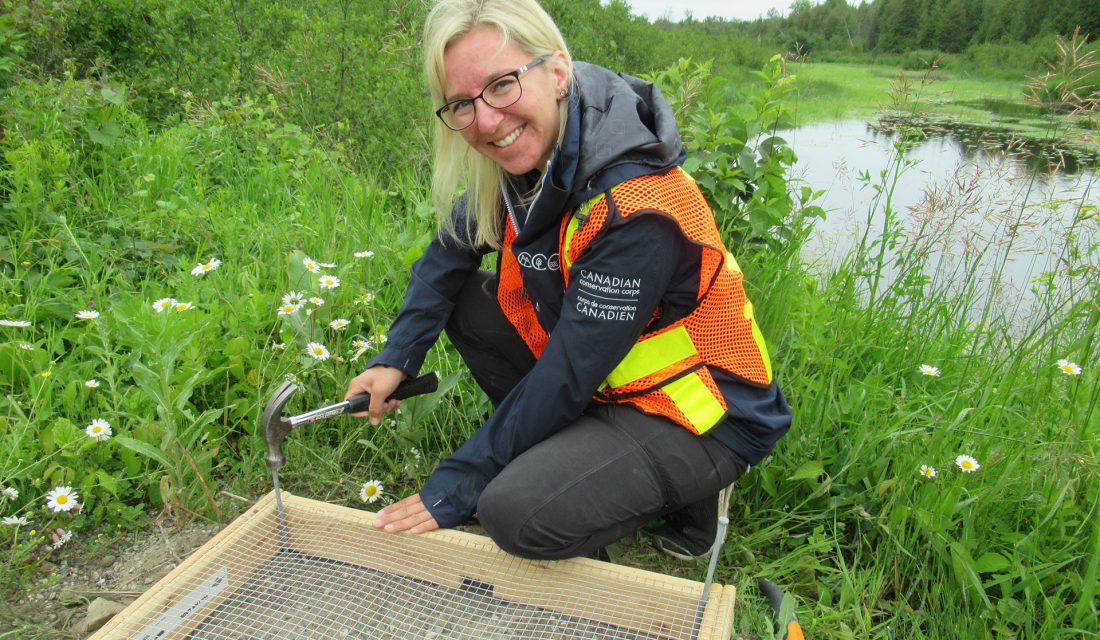
The Canadian Wildlife Federation’s turtle team was busy this past June collecting turtle eggs from “risky location” nests. We then incubated the eggs back in the CWF office — as well as installed nest protectors on other nests. Nest protectors (download PDF) are the simplest way to protect a nest. A protector has a wooden frame with a wire mesh on top to keep out predators, but allows sun and rain to reach the ground above the nest. Exit holes in the wooden frame allow the hatchlings to leave the protector after they hatch out. Nest protectors usually work well, but sometimes predators dig under the protector and get the eggs, and there is a risk that unscrupulous people can find and steal the eggs because of the protector. And of course, nest protectors don’t work in active construction sites.
Here are three examples from this year of eggs laid in poor locations:
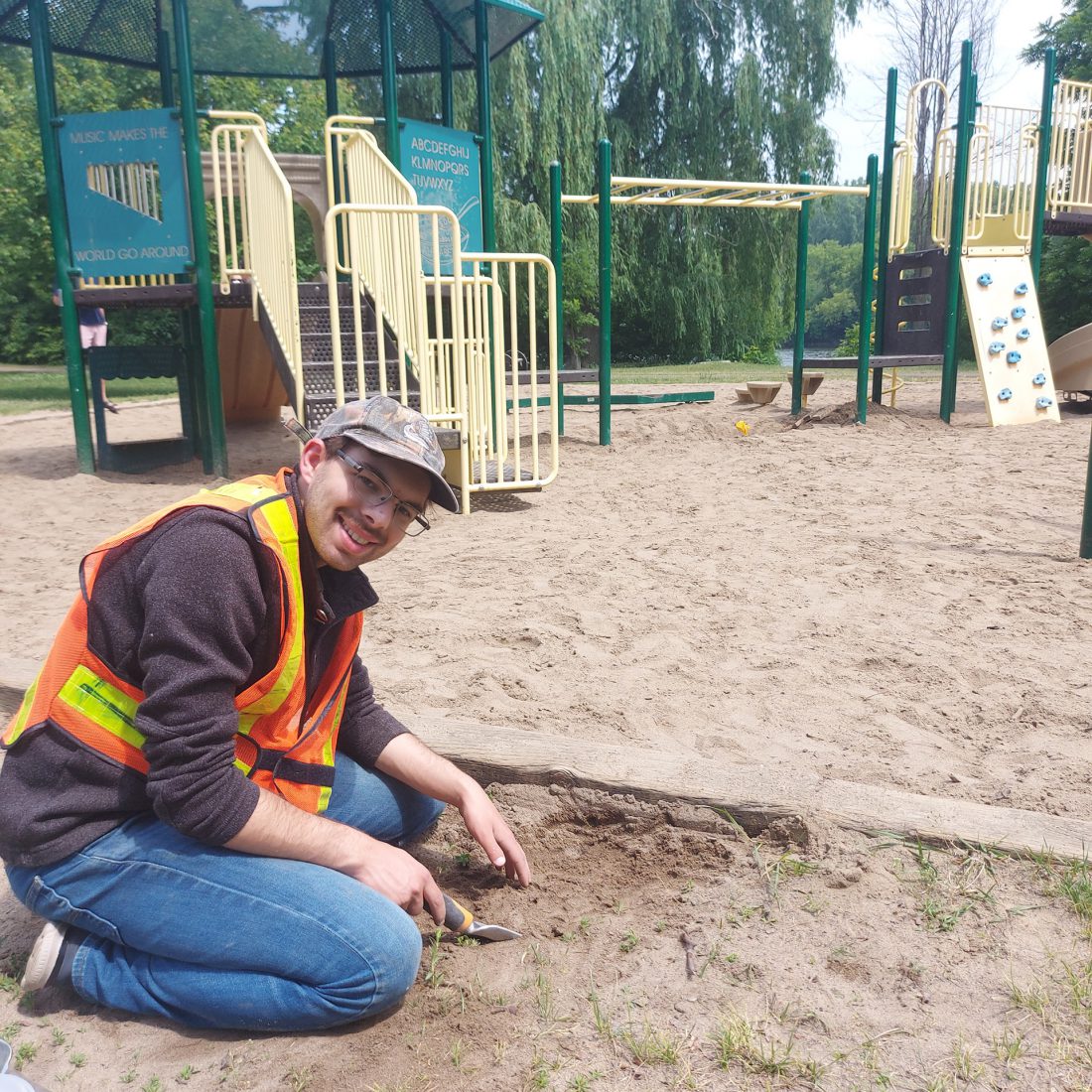
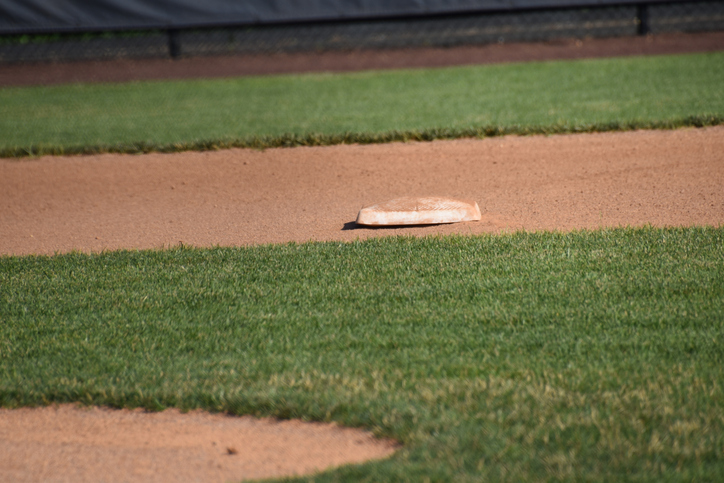
Which one of these nests should get the award for the worst nesting location of the year?
In total, the CWF turtle team has collected more than 1,000 turtle eggs for incubation this year alone. Each hatchling we release will still have a difficult life ahead, but each one will have already beaten the odds and survived to hatching. We will send them on their way and wish the next generation of turtles well.

